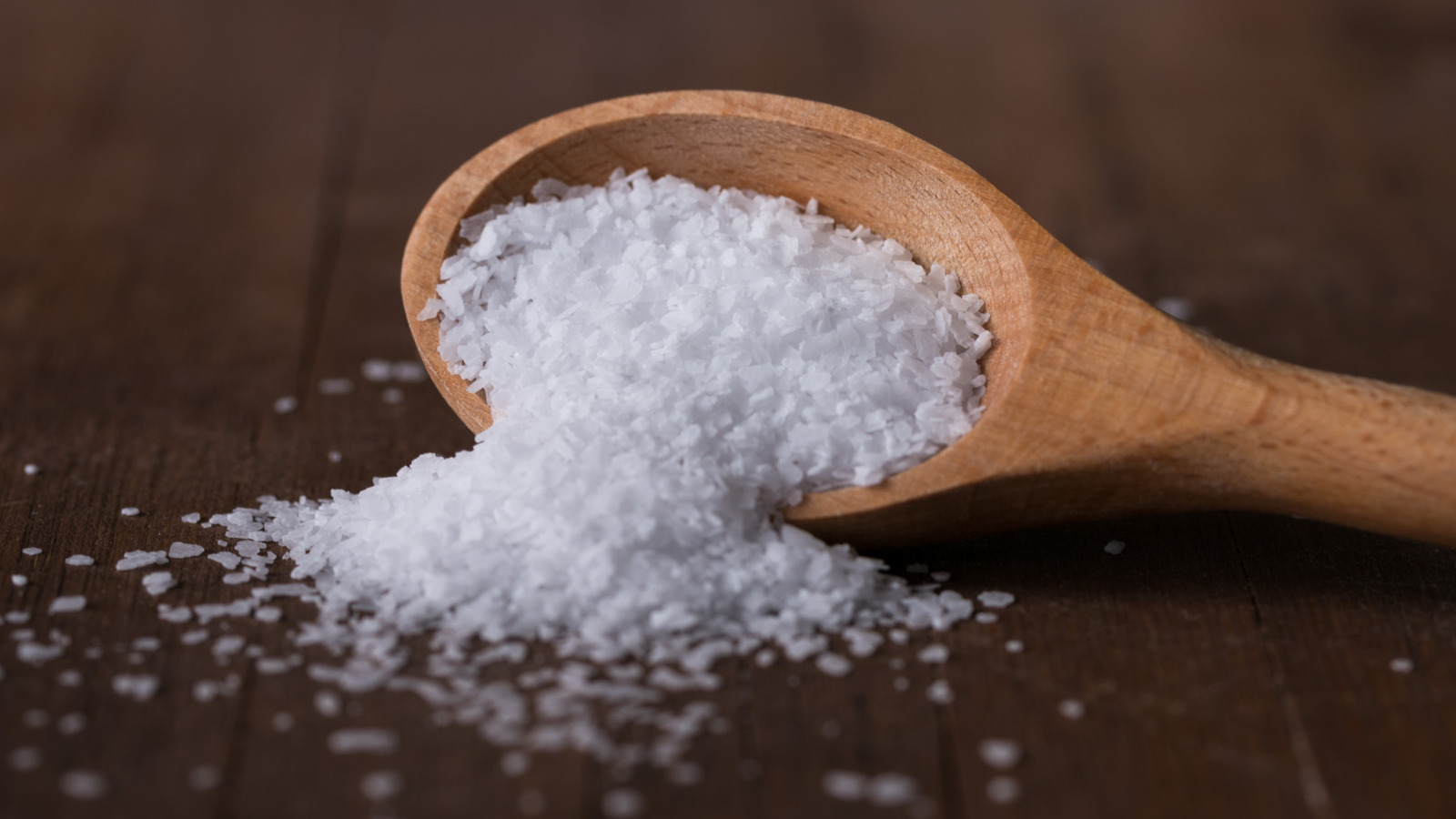
"Chefs swear by it because it's inexpensive, easy to pinch, and tastes pure as opposed to metallic. Its coarse, flaky crystals make it perfect for seasoning meat or finishing a salad by hand. It even skips the additives found in many table salts. Given all that, you'd think everyone in the world cooked with kosher salt. But, as it turns out, this popular American favorite is not so common on supermarket shelves outside the U.S."
"For starters, it's a distinctly American product, born from the Jewish practice of koshering meat. The larger crystals worked better for drawing out blood, and salt companies began marketing it as koshering salt to Jewish communities. Over time, brands like Diamond Crystal and Morton popularized it for general kitchen use. The other uniquely American factor in its popularity was iodine - or rather, the lack of it. Iodine fortification became widespread in U.S. table salt during the early 20th century to combat deficiency-related diseases."
Kosher salt features coarse, flaky crystals that make it easy to pinch and ideal for seasoning meat or finishing salads by hand. The salt originated in the United States from Jewish koshering practices because larger crystals drew out blood during koshering. Brands like Diamond Crystal and Morton popularized kosher salt for general cooking. Widespread iodine fortification of U.S. table salt in the early 20th century created a faint metallic taste that un-iodized kosher salt avoided, increasing its appeal to chefs. Many other countries use sea salts, rock salts, or mineral-rich salts, so kosher salt remains primarily an American staple.
Read at Tasting Table
Unable to calculate read time
Collection
[
|
...
]